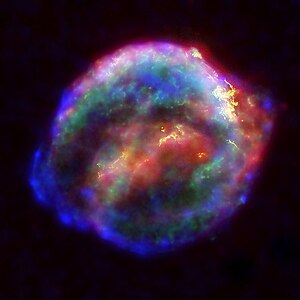The concept behind magic is that you take something and
transform it into something else, or give that item a property that it didn’t
have before. It’s a fine art, many people think that you can solve all of your
problems by just using magic, but seasoned witches can tell you that there is a
price to pay. In order to get something great and powerful, something great and
powerful must be sacrificed. Magic is more or less just taking energy from
somewhere and putting it into something else. In the case of transformation you
simply use the energy that the item has to change it into another form. However,
it must be noted that some energy during all transformations or energy
transfers is lost. That is why you can only transform big things into smaller
things. If you wanted to create a sword that is great and powerful and you got
the energy from a dragon, some of the power from the dragon would be lost in
the transfer.
Mr. Thumb transforms criminals into gnomes. Naturally the
gnomes are much smaller than their human counterparts. It is important that extreme
caution is used while working with magic, for once the spell or incantation is
cast, it is usually impossible to change something back to the way it was
before. In order to transform a gnome back into a human, one would first need to
find someone who had the exact same amount of mass that the gnome had before
his or her transformation. Then one would need to somehow calculate the amount
of energy lost in the original transfer and then find a second item with exactly
the mass equivalent to the energy lost.
Albert Einstein was the first to recognize the principles
of magic and studied them. With the help of his Giant Squid friend the two of
them calculated the famous equation: E=mc^2.
The equation for calculating the amount of energy lost over a
distance is:
-(dE/dx)=4π/mₑc^2 . nz^2/β^2 . (e^2/4πεₒ)^2 . [ln(2mₑc^2β^2/I .
(1-β^2))-β^2]
You never knew that magic could be so difficult, did you? A
negative transformation is the easiest transformation because you are not
concerned with the amount of energy you will lose, in other words you just do
it. Most on-the-spot transformations, or emergency spells, are done in the
negative form because the witch doesn’t have time to calculate the energy that
will be lost. A positive transformation is where the item that is being
transformed ends up with equal to, or even more energy by calculating and
compensating for the lost energy. All reverse spells are in the positive form.
Because it is so difficult to transform something back to exactly how it was
before, most magic users must settle for very close approximations of the
needed mass. The end result is that minor changes in the item will most likely be
noticeable, such as smaller limbs or nose etc…
Some items can be used to minimize energy loss in the first place.
Pure gold is an excellent conductor for energy which is why some magic users
choose to utilize wands made of gold. Poorer witches may resort to wands of
silver, copper, or iron. But the energy loss will be greater in these less
conductive metals.
Closer proximity can also
reduce energy loss when casting spells because greater energy is lost over
greater distances.
 |
| Energy expelled in the form of light and heat when mass is accelerated |
Magic is a purely mental effort. In the equation E=mc^2,
m represents matter while c is equal to the speed of light. In other words in
order to transfer matter into E, or energy, one needs to accelerate the matter 34,700,983,524
miles per hour. Though this is physically impossible to accomplish using
mechanical means, it is not impossible by using one’s mind. A witch is born
with the ability to accelerate matter to this incredible speed in a matter of
seconds by only using her mind. However the effort is very draining on the body
of the witch. That is why she can’t transform all of her enemies into energy
whenever she pleases.
The art of witchcraft is continually progressing and the Secret
Society of Sorcery is constantly publishing new discovers and findings in the
magical universe. Keep reading to find out more on this scientific art.


No comments:
Post a Comment